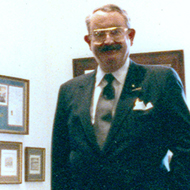
From House Page to Clerk of the House, Donn Anderson’s 35-year career included a series of administrative and managerial positions which brought him in close contact with Members of Congress, momentous debates, and important changes to the daily customs of the House.
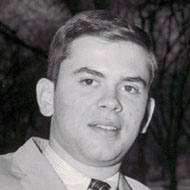
House Page and the son of former Representatives George and
Elizabeth Andrews of Alabama, George W. Andrews III had a unique perspective of
the historic events that took place at the Capitol and the institutional
changes which occurred in Congress during the 1950s and 1960s.

House Page, reading clerk, and Clerk to the Minority, Joe Bartlett participated in many significant events during his 30-plus years on the Hill, including graduating from the Capitol Page School and working in the House Ways and Means Committee Room during the House Chamber renovation.

From Page to Dean of the House, John Dingell, Jr.’s congressional service spanned from World War II into the 21st century. The son of Michigan Representative John Dingell, Sr., Dingell, Jr.’s long history in the House began as a Page where he learned the institutional ropes by observing his father, and House leaders like Sam Rayburn and John McCormack.

As a House Page, and Page overseer, Myles Garrigan roamed the halls of Congress running errands for Members, while also witnessing historic speeches and dramatic votes during the World War II era.
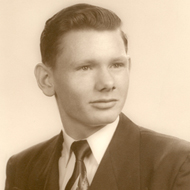
An eyewitness to the shooting in the House Chamber in 1954, Bill Goodwin and his fellow House Pages carried wounded Representatives on stretchers to waiting ambulances.

With her historic appointment as the first African-American woman officer on the Capitol Police Force, Arva Marie Johnson observed many changes in the institution’s security during her 32-year career, and was an officer during the 1998 shooting at the Capitol and on September 11, 2001.

Throughout her 54-year career in the House, Pat Kelly, daughter of former Representative Edna Kelly, assisted Members of Congress with their daily activities as a researcher, a legislative assistant, and eventually, the editor of the House Daily Digest.

After a successful letter-writing campaign to Speaker Carl Albert, Felda Looper’s appointment as a Page in the summer of 1973, in the midst of the Equal Rights Amendment debate and the Watergate investigation, made history when she became the first woman to join the House Page ranks.

As the first African-American House Page of the 20th century, Frank Mitchell made history by breaking racial barriers while also witnessing significant moments in the civil rights movement, including the floor debates for the Voting Rights Act of 1965.

The daughter of former Representatives Hale and Lindy Boggs, Cokie Roberts had the unique experience of growing up at the Capitol on her way to becoming a nationally recognized congressional correspondent.
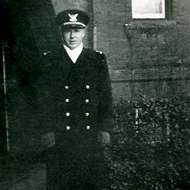
An eyewitness to the World War I Veterans’ Bonus March, Glenn Rupp’s House Page service included training future President Lyndon B. Johnson as a doorkeeper, as well as attending President Franklin D. Roosevelt’s first inauguration and State of the Union Address.

Initially hired as a secretary for the House of Representatives, Patricia (Tish) Speed Schwartz worked her way through the administrative ranks to serve as chief clerk of the Science Committee, and later the Judiciary Committee, during her nearly four decades on Capitol Hill.
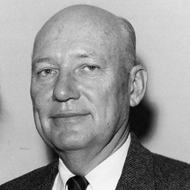
On the rostrum during President Franklin D. Roosevelt’s “Day of Infamy” speech on December 8, 1941, Irving Swanson, a House reading clerk, read the historic roll calls when the House approved war declarations against Japan, and, several days later, against Germany and Italy.

The first woman director of the House Radio-TV Gallery, Tina Tate oversaw press coverage for major media events in Congress such as presidential impeachment hearings, Joint Sessions, and State of the Union addresses.

Working his way up the ranks from messenger to superintendent of the House Press Gallery, Benjamin C. West’s 35-year career spanned World War II, the civil rights movement, and Watergate, all the while modernizing the gallery and navigating the tumultuous relationship between print and electronic media.
























